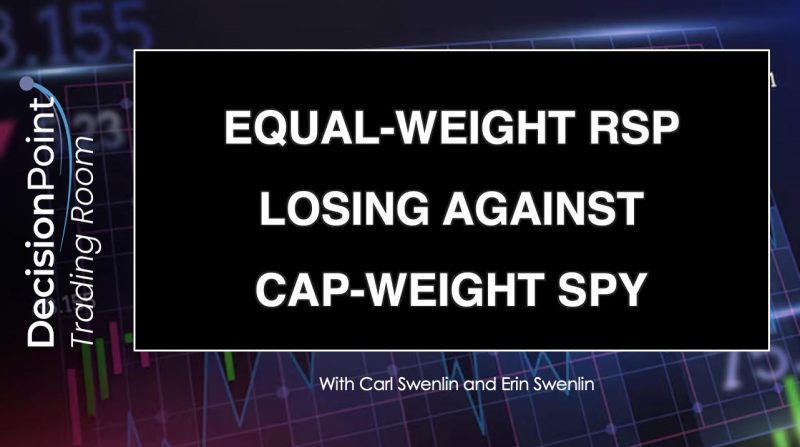In the realm of investment strategies, debates have long raged over the merits of diverse approaches. One such discussion revolves around the comparison between Equal Weight and Cap Weight strategies in trading. Both methodologies have their strengths and weaknesses, which can significantly impact the outcomes for investors. Let us delve deeper into the nuances of these approaches to gain a clearer understanding of their respective implications.
Equal Weight strategies are built upon the principle of allocating an equal amount of funds to each stock within a particular index or portfolio. This method aims to provide a more balanced exposure to all assets, regardless of their market capitalization. Proponents of the Equal Weight strategy argue that it reduces concentration risk and can deliver more consistent returns over time. By giving smaller companies a comparatively larger weight in the portfolio, this strategy ensures that performance is not solely reliant on a handful of large-cap stocks.
On the other hand, Cap Weight strategies, also known as market-cap-weighted strategies, assign weights to stocks based on their market capitalization. This means that a company’s weighting within the index is determined by its market value relative to the total market value of all stocks in the index. Proponents of Cap Weight strategies highlight the natural inclination for successful companies to have a larger market capitalization, thereby reflecting their dominance and impact on the overall market performance. This approach is widely used in popular indices like the S&P 500, where larger companies inherently carry more weight in determining the index’s movements.
While Equal Weight strategies offer diversification benefits by spreading risk across all components of the index, they may struggle with liquidity constraints for smaller stocks and incur higher trading costs due to frequent rebalancing requirements. In contrast, Cap Weight strategies are criticized for their potential overexposure to a few dominant stocks, leading to a higher concentration risk. Moreover, the phenomenon of index inertia in Cap Weight approaches may delay the exit of underperforming companies from the index, thereby affecting overall portfolio performance.
The choice between Equal Weight and Cap Weight strategies ultimately depends on an investor’s risk appetite, investment goals, and market outlook. Those seeking a more balanced and diversified exposure may lean towards Equal Weight strategies, while investors comfortable with market dynamics and the influence of large-cap stocks may favor Cap Weight methodologies. Implementing a hybrid approach that combines elements of both strategies can also be a viable option to harness the strengths of each method while mitigating their respective weaknesses.
In conclusion, the debate between Equal Weight and Cap Weight strategies underscores the complexity of investment decisions and the varied considerations that investors must weigh. Understanding the nuances of these approaches and their implications on portfolio performance is crucial for devising a well-informed investment strategy tailored to individual preferences and market conditions. Striking a balance between risk and return is key in navigating the ever-evolving landscape of financial markets and optimizing investment outcomes for long-term success.
